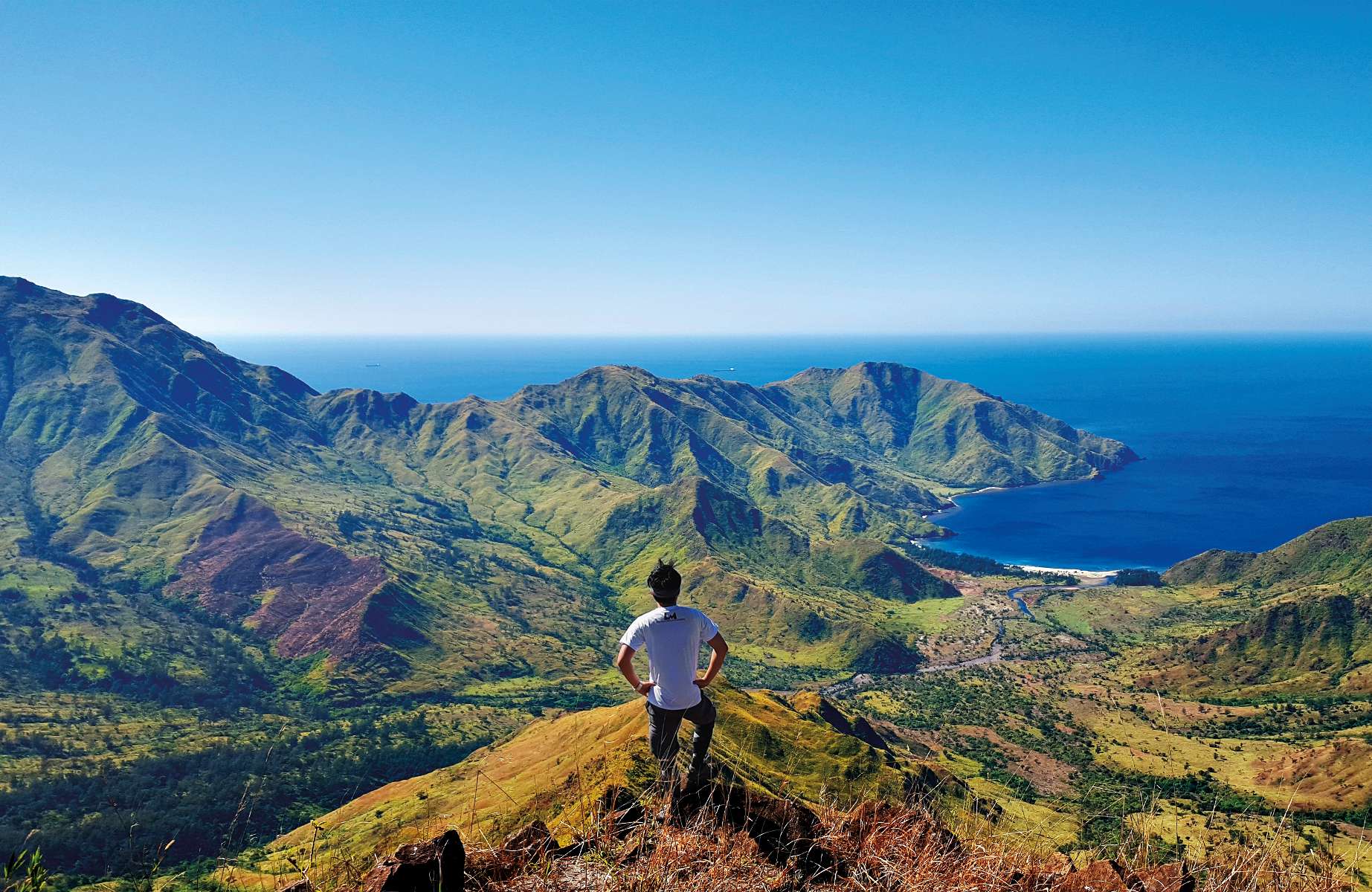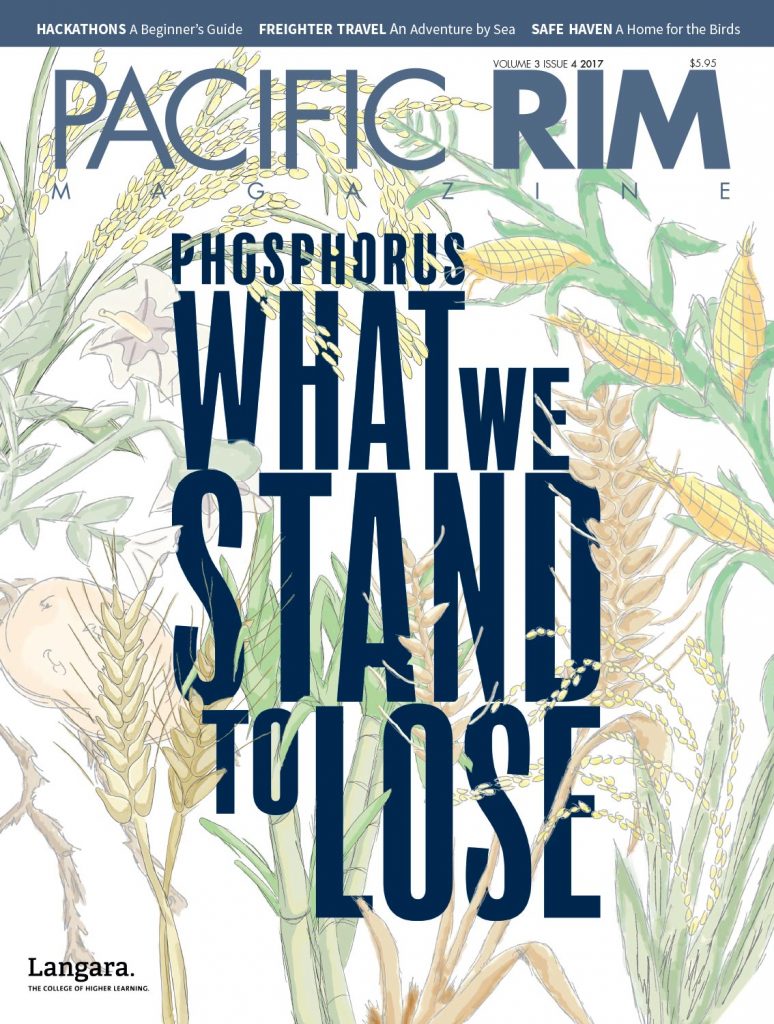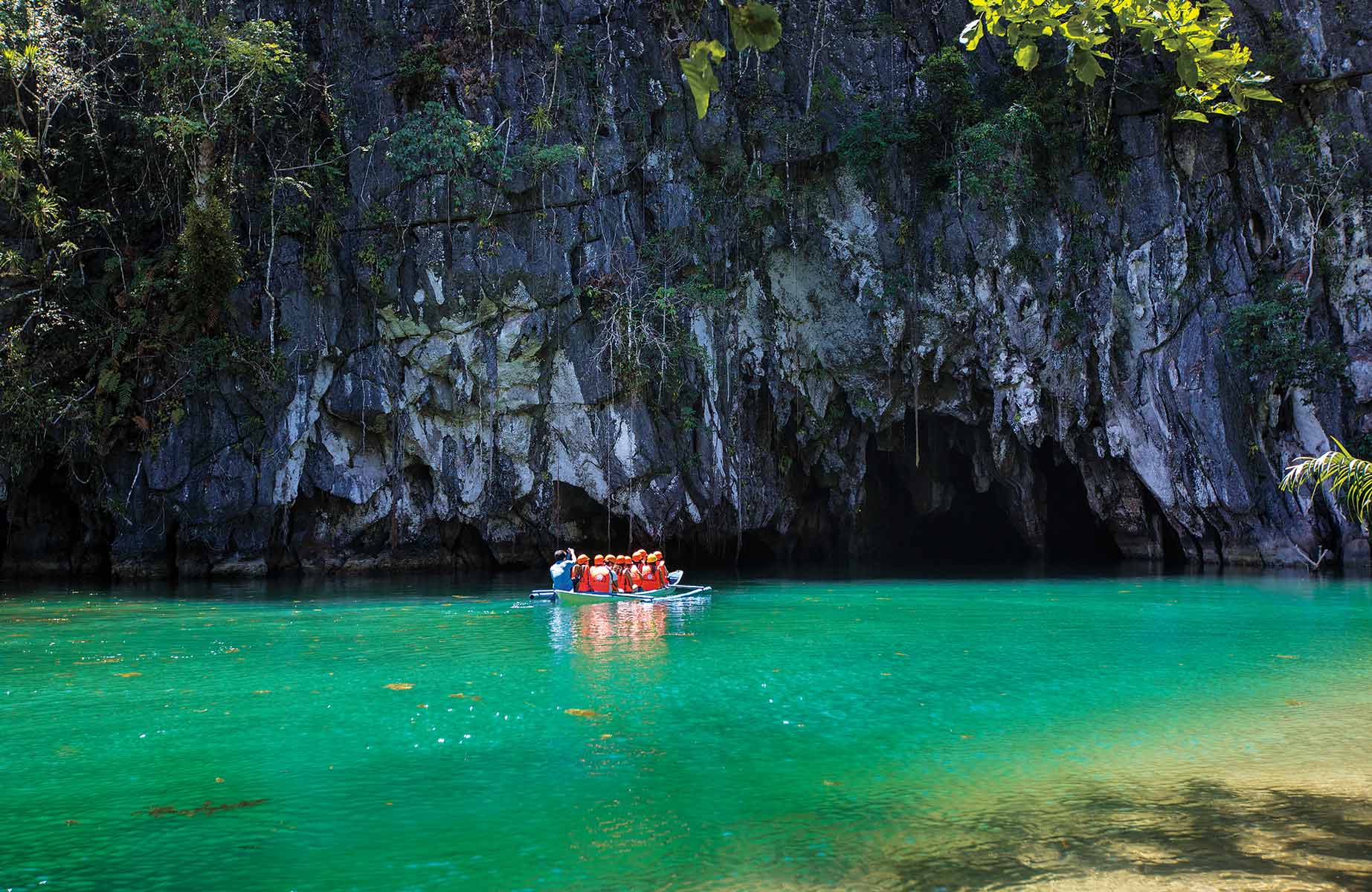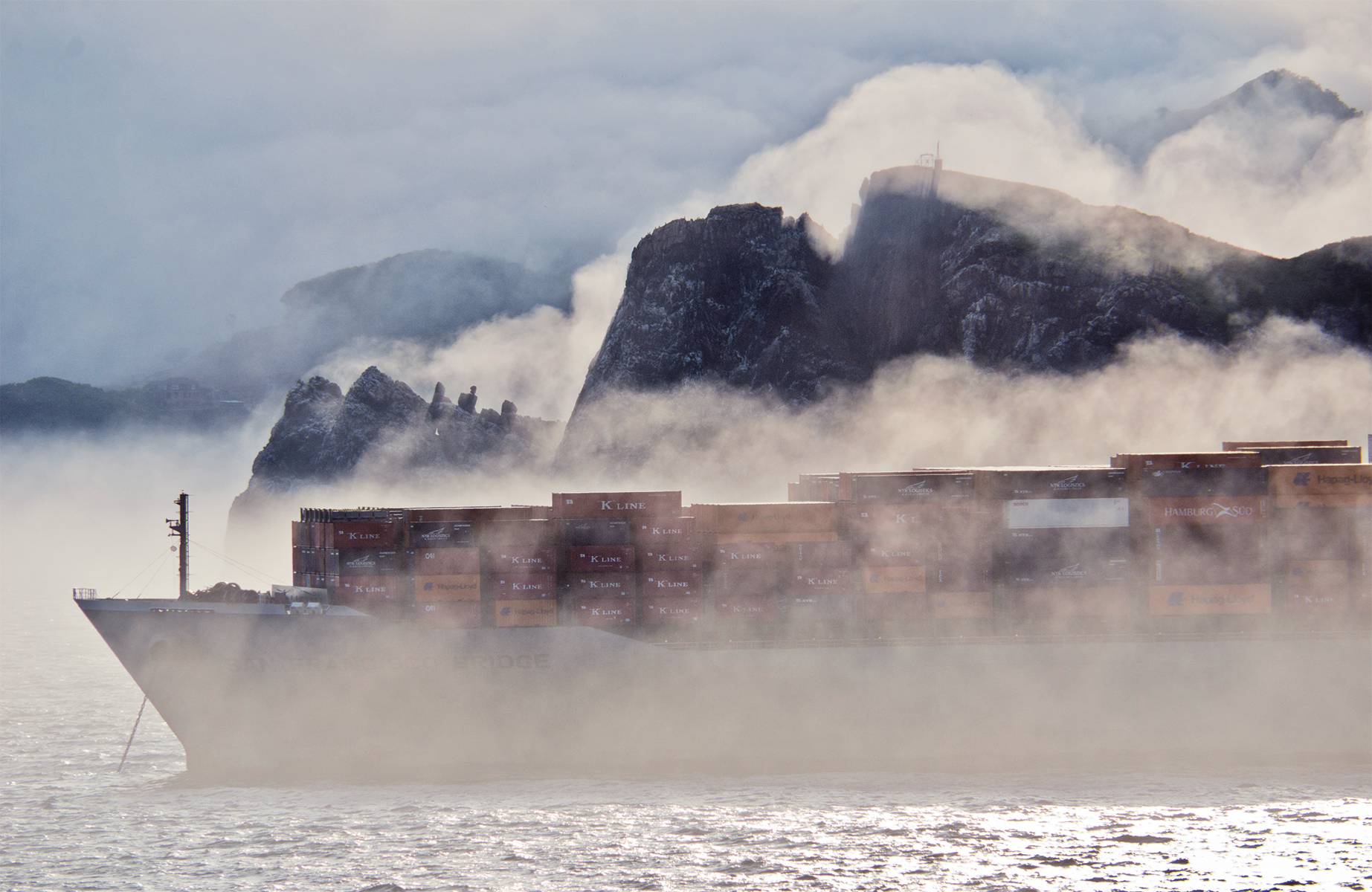The Philippines, an archipelago in the western Pacific, is made up of over 7,000 mountainous islands, and is one of the most ecologically diverse countries in the world. With many natural sites to choose from, hiking is one of the island nation’s favourite pastimes, and the country has 133 official mountaineering clubs and organizations.
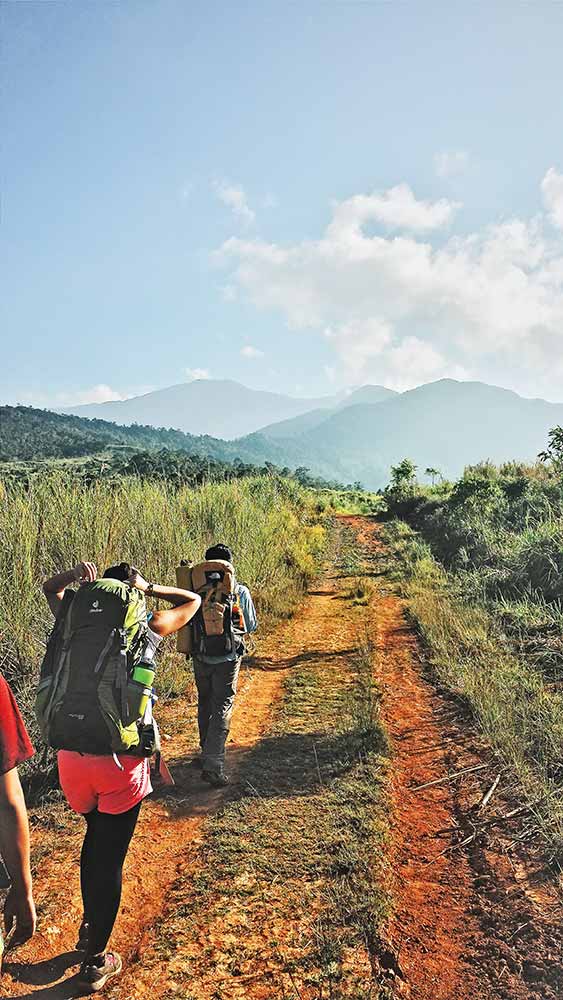
Hiking and mountaineering are also popular draws for tourists visiting the Philippines, and the country is promoted as a hiking destination. However, with growing interest in the activity, hiking trails are not as pristine as they once were. Increased traffic has taken its toll on the surrounding soil and plants causing degradation, and hikers are leaving trash along the trails. This increased pressure on the natural environment is cause for concern to environmentalists and hikers alike.
Peter Torreja, a Saudi Arabia-based nurse originally from Vancouver, BC, has travelled to 60 countries and six continents within 10 years. Torreja believes social media plays a role in the growing popularity of hiking. Instagram is a great medium for showing off the beauty of mountain trails. Torreja says that he is motivated to plan a hike when he sees an inspiring photograph on social media. The group @hikingculture, a self-proclaimed official hiking page, has over 100,000 followers. The feed features breathtaking pictures of landscapes from around the globe. Anybody can contribute by including the hashtag #hikingculture in their post. Apps are another platform that encourage outdoor activities. Apps like Meetup are used as a means to organize groups interested in hiking.
With more people hiking mountain trails, Torreja worries that trail closures will occur, making it more difficult for the next generation of hikers to have the same experiences. The use of hiking sticks and poles damages the trails and the surrounding areas. The more people that hike a trail, the more erosion that trail suffers. Torreja points to the annual closure of Peru’s Inca Trail in February to allow vegetation to recover.
Jessie Libiran, a businesswoman from Manila, has hiked 26 mountains. Libiran says the Philippines is teeming with mountains and trails, so it is easy and inexpensive for anyone to go for a hike. She believes this is a factor in the recent surge of hikers she has seen there. The downside is that some trails, like the Inca Trail, are overused. Libiran explains, as a result of over hiking, plants do not grow anymore and the trails erode. “It is not healthy, and there should be a limit [to the number of hikers],” she says. Libiran believes that each individual should do their part to help preserve the environment, and has a small hiking group of her own. “I create events, cleanup drives,” she says.
In 1993, Loyola Mountaineers, a Philippine student-run organization, was created to promote its three core values: environmental awareness, responsible mountaineering, and indigenous community advancement. These values are reflected in the “Leave No Trace” principle, which is a way of hiking that minimizes a person’s environmental footprint. Loyola Mountaineers engage in multiple efforts beyond “leaving no trace” when they hike, including tree planting efforts, indigenous community visits, and fundraising events.
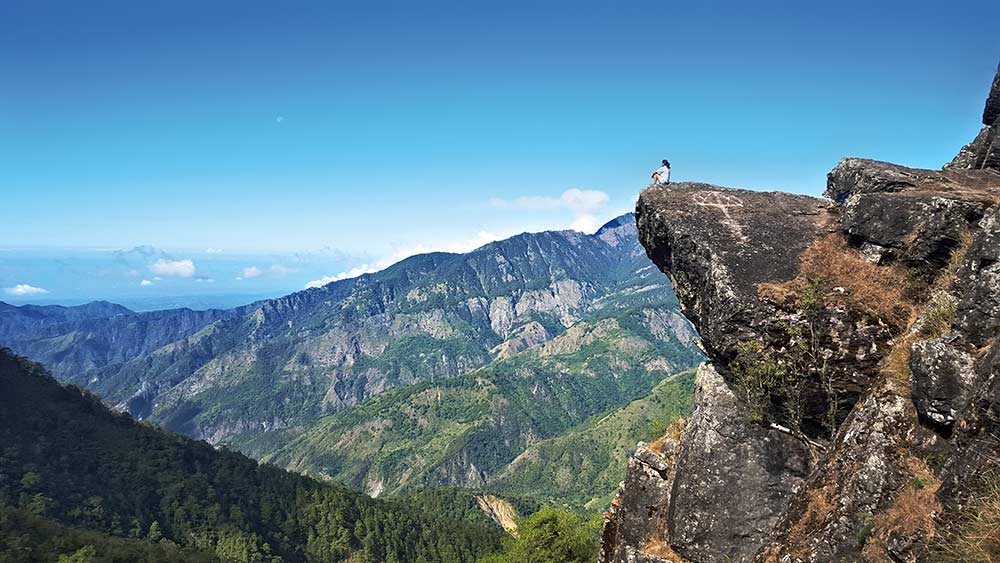
Littering Hikers
Charles Pe, student and vice-president of the Loyola Mountaineers in Manila, says that three years ago it was only his group and a few others climbing what are now popular mountains. Pe estimates mountains like Mount Pulag and Mount Batulaw receive close to 500 visitors every weekend. With this increase, Pe has observed more trash on the trails. He points out that hikers “come for the view,” a driving force behind the hobby, but give little thought to their environmental footprint.
Some hiking trails require permits and make it mandatory to have a local guide present throughout the hike. Despite these regulations, Pe says visitors often throw their trash on the trail. Other trails do not require guides and lack regulations regarding waste disposal. As a result, visitors are careless, and the environment suffers.
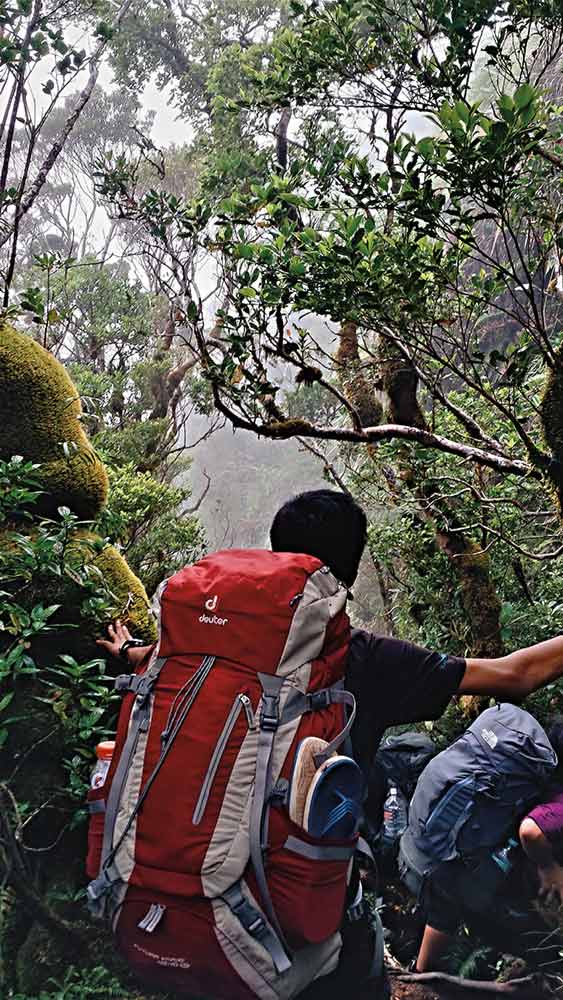
Mount Apo, a popular hiking destination in the Philippines, was closed in March 2016 due to a forest fire reportedly caused by irresponsible hikers. The fire destroyed hundreds of hectares of forest. The local government has ordered that Mount Apo remain closed for three to five years in hopes of restoring the mountain to its natural state. Mount Apo’s trails have also seen abuse in the past. In June 2014, a cleanup drive collected 2.6 tons of garbage from the mountain, reports Edwin Fernandez of the Inquirer News in his article “2.6 Tons of Garbage Left by Climbers at Mt. Apo — PAMB.” Other mountains in the Philippines have been damaged by hikers as well. In October 2016, another notable hiking destination, Pico de Loro, was closed indefinitely for rehabilitation.
Clubs like the Loyola Mountaineers are not alone in their efforts to preserve mountain trails. The third National Mountain Clean-Up Day was held in June 2016. Hiking clubs from all over the Philippines, in collaboration with the Department of Environment and Natural Resources, organized the cleanup of approximately 60 mountains across the country. On Mount Talinis alone, a famous volcano with horn-like peaks, over 100 kilograms of garbage was collected.
The true purpose of Loyola Mountaineers is to instill a lifelong code of environmental ethics in its members. Many of its graduates have become environmental advocates and joined influential organizations, such as Greenpeace, World Wildlife Fund, and the United Nations. Through education and individual effort, Loyola Mountaineers hope to preserve mountain environments for future hikers.
The things that pull people towards activities like hiking — the natural beauty and the wide open green spaces — are the very things they are destroying. The Philippines is one of several countries that have seen the effects of negligence and overuse of mountain trails. In 2011, the Saving Mount Everest Project collected 8.1 tons of garbage along trekking routes from Lukla to Everest Base Camp. In December of 2016, many Canadian National Park trails were rated as being in poor or fair condition. The challenges of environmental rehabilitation are varied, but organizations like Loyola Mountaineers and individuals like Jessie Libiran are working to face these challenges. The final step on a hike is not reaching the summit, but rather, ensuring the peak and everything around it will still be there for future generations.





